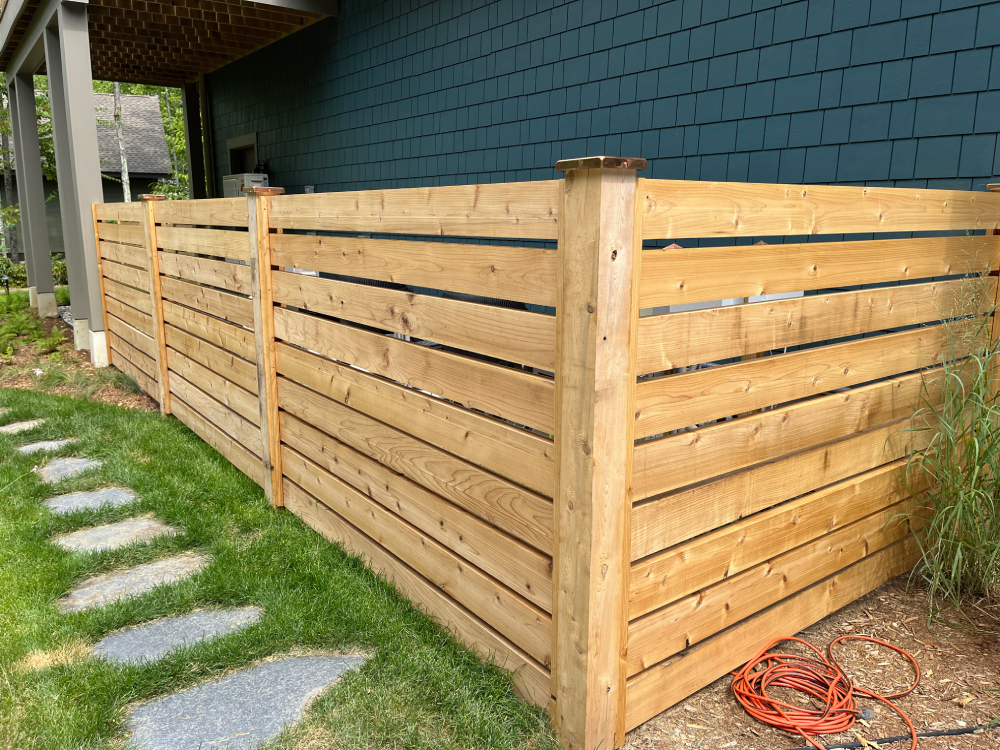Installing a fence on your property is a practical way to enhance privacy, improve security, or define boundaries, but it is essential to navigate local regulations and permitting requirements carefully. Every municipality has its own rules governing fence installation, and failure to comply can lead to fines, delays, or even the removal of the fence. Here’s a guide to help you through the process.
Research Local Regulations
Before embarking on your fencing project, familiarize yourself with local zoning ordinances and building codes. These rules often dictate the maximum height, acceptable materials, and placement of fences. For instance, front yard fences may be subject to stricter height limitations than those in backyards, and some areas prohibit certain materials, like barbed wire or chain link, in residential zones. Many municipalities make this information available online or through their planning and zoning offices.

Determine Property Lines
Accurate placement of your fence is crucial to avoid encroaching on a neighbor’s property. Review your property survey or hire a surveyor to confirm boundary lines. If there is any ambiguity, discuss your plans with adjacent property owners to prevent disputes.
Check Homeowners’ Association HOA Rules
If you live in a neighborhood governed by an HOA, review their guidelines for fences. HOAs often have specific aesthetic standards regarding height, color, material, and design. Obtaining approval from the HOA before proceeding can save you from costly modifications later.
Obtain Necessary Permits
Most municipalities require a fence permit before installation. This involves submitting an application, often accompanied by a site plan illustrating the proposed location and dimensions of the fence. Some jurisdictions may also require an inspection after the fence is built to ensure compliance. Permit fees and processing times vary, River City Fence Pros so factor these into your project timeline.
Understand Easements and Utility Lines
Many properties include utility easements or underground lines, which can restrict where fences may be installed. Contact your local utility company or use a utility locator service to identify any potential conflicts. Building over an easement without permission can result in legal issues or removal orders.
Hire a Reputable Contractor or DIY?
Decide whether to hire a professional or take on the project yourself. Professional contractors are typically familiar with local regulations, reducing the risk of errors. If you choose the DIY route, ensure you understand the rules and follow all steps to obtain permits.
Final Compliance Check
Once your fence is installed, verify that it aligns with the approved plans and local codes. This diligence ensures long-term compliance and avoids future disputes or penalties. By navigating these steps carefully, you can enjoy the benefits of your new fence without unnecessary complications.
River City Fence Pros
800 E Republic St, Peoria, IL 61603, USA
+1 (309) 271-6967